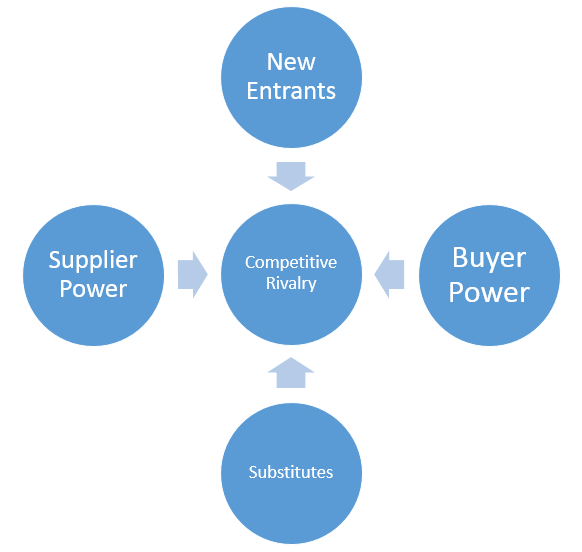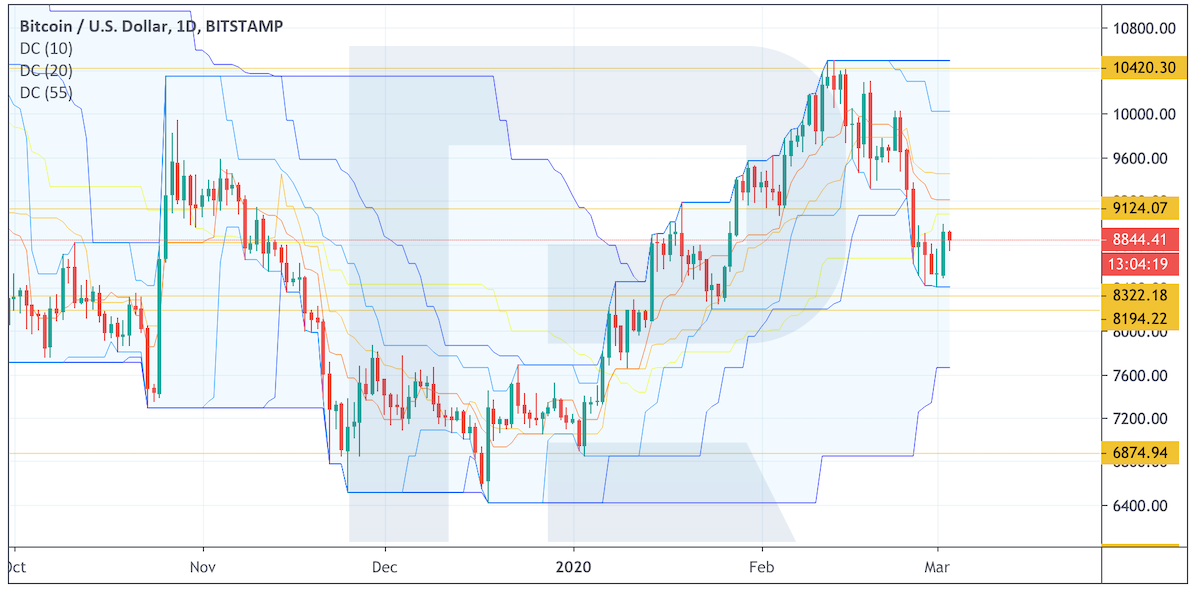

Several factors must be considered when determining the optimal site. Provide a flexible work schedule instead of rigid working hours. A more productive enterprise can better export goods and earn valuable foreign exchange for the country.
The cost of purchasing or renting workplace space can vary significantly among locations. Costs are likely to be high near the center of any business district where land costs are high. Empower employees by providing training and an environment conducive for personal is well as organisational growth.
Productivity in the workplace simply refers to how much “work” gets finished in a specific length of time. Things like new clients gained can assess the output, phone calls made, and, of course, sales generated, depending on the type of business. A company’s primary objective should be to increase productivity without compromising the quality of its products or the use of its resources. When productivity is measured in terms of materials, the output is compared to the materials used. Heat, fuel, or chemicals are examples of materials used to produce a good or service. It looks at the amount of output generated for each unit of input.

Managers use total factor productivity formulas for computing the overall productivity of companies. Listen to your employees when they call out efficiency and productivity challenges. Perhaps time management is the biggest concern or a smaller team has fewer resources than another and is struggling to do more with less. Dig deep, and use employee productivity data to support their concerns.
Size of the market, banking and credit facilities, transport and communication systems, etc. are important factors influencing productivity. These factors are so interrelated that it is difficult to identify the effect of any one factor on productivity. When you struggle with an arduous task, switch to smaller tasks that you know you can accomplish. It will help gain positive momentum to maintain your productivity.
How to Measure Productivity in the Workplace?
Productivity can be calculated by measuring the number of units produced relative to employee labor hours or by measuring a company’s net sales relative to employee labor hours. Multifactor productivity computations are what mangers use for measuring the productivity of the various departments in a company. With this, productivity which formula correctly describes productivity is measured by relating output to a subset of inputs in the production process. An example of such productivity formula is the ratio of units produced to materials, labor and capital. The most common inputs are labor hours, capital and materials whereas sales or the amount of goods produced are common output units.
Labor productivity, or how productive a company’s workers are, is important for ongoing profitability. Which one of the following is not generally cited as a negative impact on productivity? A) Government regulations B) Liability claims C) Increased emphasis on services D) Emphasis on short-term performance E) All are reasons. Fortunately, these obstacles can be addressed using some simple fixes. All you have to do is to identify and track productivity metrics that are important for your business. This will help you implement appropriate measures to manage and improve workforce productivity.
- It allows the workers to set their own work hours subject to a minimum number of hours per week.
- Work study results in improvements in plant layout, material handling system, process design and standardization, working conditions, etc.
- Fortunately, these obstacles can be addressed using some simple fixes.
- While following basic industry standards, the depth of automation/ tech-enablement depends on the amount of work needed to be done to achieve the set organizational goals.
Such things include investment in plant and equipment, innovation, improvements in supply chain logistics, education, enterprise, and competition. Labor productivity may be further broken down by sector to examine trends in labor growth, wage levels, and technological improvement. Corporate profits and shareholder returns are directly linked to productivity growth. This is not to be confused with profit, because the productivity value does not take into account operating costs, wages for employees, and other overhead of the factory. Let us take another example where the company’s senior management wants to calculate the productivity of its employees in terms of revenue generated per employee. During 2018, the company generated $35.0 million as revenue, and the company started the year with 200 employees and ended the year with 220 employees.
Calculating Productivity in an Organization
It explains the advantages brought about by the productive resources possessed by a company, an industry, or an economy . Physical capital, like machinery, buildings, and vehicles, and intangible capital, such as intellectual property, might be included in these assets. In order to take into consideration the stock’s deteriorating utility over time, its value is changed. The Solow residual, also known as total factor productivity, calculates the percentage of output growth in an economy that cannot be accounted for by the accumulation of capital and labor.
These include pay raises, bonuses, and medical insurance and so on. This will also motivate employees and gives them more job opportunities as the company grows. CAM is very much useful to design and control the manufacturing. It helps to achieve the effectiveness in production system by line balancing. CAM helps in production planning and control , capacity requirements planning , manufacturing resources planning (MRP-II) and materials requirement planning and automated inspection. It is difficult to find out the exact number of productive man-hours.
Examples of Productivity Formula (With Excel Template)
We’ll also share a case study from market research firm, Forrester, and how they calculated the value of Smartsheet, an office productivity and work management tool. The term “productivity” refers to the performance metric used to measure the efficiency of a company’s production process during a given period of time. It can be used to measure the efficiency of human capital or machine.
Computer integrated manufacturing is characterized by automatic line balancing, machine loading , automatic inventory control and inspection. It includes robotics, modern maintenance techniques, energy technology, Flexible Manufacturing System . This method includes material planning and control , purchasing, logistics, material storage and retrieval, source selection and procurement of quality material, waste elimination. A quality circle is a small group of workers which regularly meets to discuss problems, investigate causes, recommend solutions and if authorized, to take corrective action. It usually consists of five to fifteen members who collectively identify, analyze and resolve work-related problems and may even implement solutions.
System Views of Management
Finally, it’s important to recognize that some ways of measuring productivity are less objective and less data-driven. After all, productivity isn’t just about measuring machine-like output; you can view it more holistically, as a measure of the health of your teams and organization. Productivity equations are also useful for generating metrics you can then use to gain insights about your business. If you want to see the impact of changes to your workflow, for example, you can use the same productivity equation over time to measure if your productivity increases or decreases. Assess your workflows regularly to ensure you use the most effective methods and tools to achieve your tasks. In this example, the total output of the first worker is higher, meaning they can be considered more productive.
Productivity is the ratio of output in a period of time to the input in the same period time. The four key types of productivity measures are capital productivity, material productivity, labor productivity, and total factor productivity. A quantity of goods and services produced in a specific amount of time is referred to as output.
Also, partial factor productivity equations are easier to relate to specific processes because they only deal with one input. Another common way to measure a company’s labor productivity level is to divide the total sales by the total amount of hours worked. For example, company ABC had net sales of $15 million, and its employees worked a total of 20,000 hours over the last fiscal year. The output is the company’s net sales, and the input is the number of hours. The company’s productivity is $750 ($15 million divided by 20,000).
Compensation (salary/wage), the working environment, training, career development opportunities, wellness, diversity, greater responsibility, and management caliber all influence work productivity. The combined effect of all input resources (labor, capital, material, etc.) is divided into the output. Now, let us look at the benefits derived from increased productivity at workplace.
Ability to work is governed by education, training, experience and aptitude of the employees. Productivity of an organization depends upon the competence and caliber of its people . These are the factors which are in control of industrial organization.
Inputs in any production process comprises capital, labor, material and energy. The most commonly reported productivity measure is labor productivity published by the Bureau of Labor Statistics. This is based on the ratio of GDP to total hours worked in the economy. Online time tracking and project management software help a company track productivity automatically. Using electronic timesheets, companies track data about employees more accurately in real-time. These data can then be used to create performance reports for each employee.
It’s important to remember that while this is the widely accepted productivity formula, at ActivTrak we believe there is far too much emphasis on outputs when using a formula like this. It’s important that organizations analyze inputs as well as outputs in order to move the needle on overall productivity. In short, in order to achieve higher overall productivity, organizations should look more toward measures of efficiency instead of measures of productivity alone. Exploring this distinction is at the heart of what we do at ActivTrak. In this article, we’ll explain the difference between productivity and efficiency, break down the productivity formula, and share ways to improve these aspects of your organization simultaneously. Productivity measures the efficiency of production in economics.